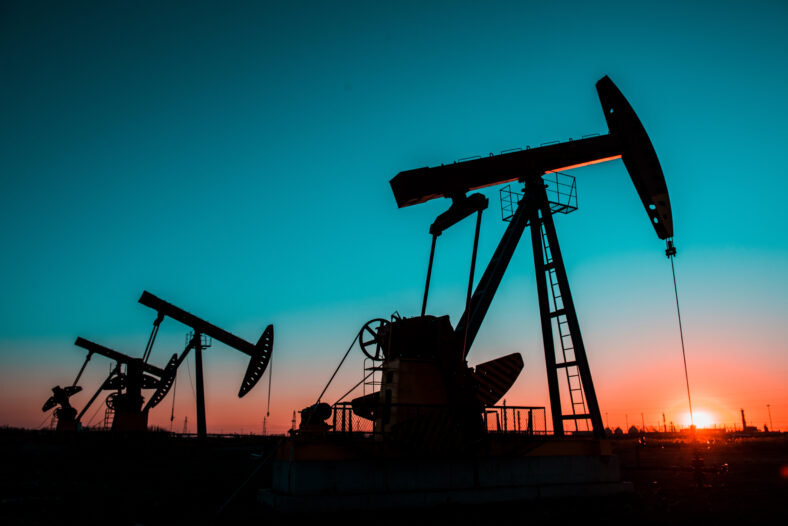AI Is Being Used To Find Abandoned Oil Wells, Which Pose A Significant Risk To Our Health And The Environment

Across the United States, there are many abandoned oil wells left over from companies that went out of business or stopped operating altogether.
An estimated 3.5 million oil and gas wells have been drilled throughout the country since the 1850s.
The forgotten oil wells pose a significant risk to human health and the environment, especially since no real efforts were made to seal them up safely.
These wells can leak oil, methane, and other dangerous chemicals into the atmosphere for years, polluting the air and potentially contaminating groundwater.
According to the Bureau of Land Management, there are still about 130,000 old oil wells scattered throughout the U.S. However, the Interstate Oil and Gas Compact Commission thinks the number is closer to 740,000. Tracking down those wells and plugging them up is a very difficult and time-consuming task.
Experts could spend countless hours looking through thousands of maps to try to find the oil wells without success. A new study has found that artificial intelligence (AI) can help streamline the process.
Researchers developed a state-of-the-art deep learning vision neural network model and trained it to recognize oil and gas well symbols on less than 100 historical topographic maps spanning 45 years.
With this approach, the researchers were able to confirm the presence of 44 out of 1,301 wells in California and Oklahoma that were identified by the model. Once the AI model is refined, it could help find more previously undocumented wells.
The research team specifically trained the AI to recognize a symbol shaped like a hollow black circle. The symbol was commonly used to identify oil and gas wells in topographical maps.

Sign up for Chip Chick’s newsletter and get stories like this delivered to your inbox.
During the training process, they had to consider other similar symbols that could be mistakenly identified. Even rounder numbers like nine or zero could be flagged. Some of the maps were in fairly good condition, while the others had been worn down over time.
Once the AI was fully trained, the team let it loose on thousands of maps of four counties in California and Oklahoma. The model detected 1,301 potentially undocumented wells.
Then, the researchers analyzed aerial and satellite images to try to verify those findings. They checked for features like oil derricks, storage tanks, and pump jacks that indicated a well was there. This method allowed them to identify 29 new wells.
Some wells are more hidden beneath the surface, so the visual method won’t work. These other wells were discovered through in-person field tests.
Magnetometers were used to detect magnetic anomalies that suggested the presence of vertical metal pipes buried underground. They managed to uncover 15 more wells.
“AI can enhance our understanding of the past by extracting information from historical data on a scale that was unattainable just a few years ago,” said Fabio Ciulla, a postdoctoral fellow at the Lawrence Berkeley National Laboratory. “The more we go into the future, the more you can also use the past.”
The study was published in Environmental Science & Technology.
More About:News